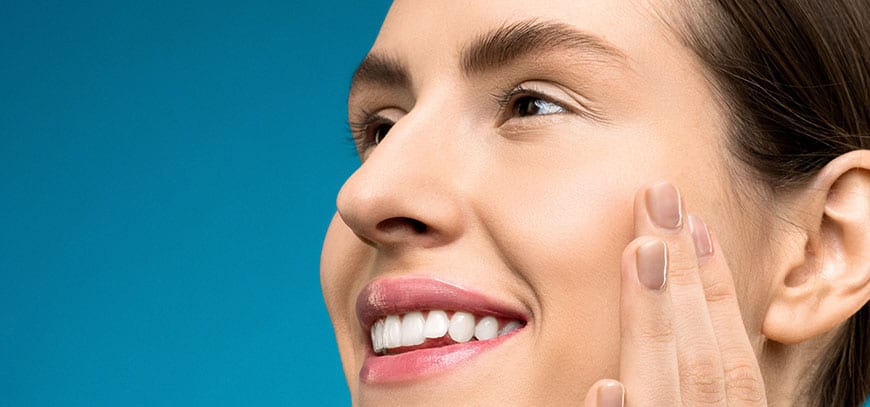Nose Grafts

Rhinoplasty is one of the most complex operations in plastic surgery. Mr Uppal has many years of experience in performing all types of surgery on the nose. In some cases he may need to use grafts or fillers to enhance the shape of the nose. He may be the best nose suergeon in London. Book a 3-D photo consultation here.
The modern approach to Nose Reshaping involves simple local anaesthetic procedures such as Fat Grafting or Fillers to the nose. A non surgical nose job in London in possible and minimal rhinoplasty procedures are also performed by Mr Uppal. He is an expert in improving the shape of the nose without the need for a full rhinoplasty.
This ‘mini-rhinoplasty’ is done as an out-patient so you can go home within an hour of having the procedure. As there is no bruising or swelling, patients can go back to work the next day. The procedure is also cheaper than a full rhinoplasty or nose job in London price which starts from £2450.
However, not all patients are suitable for fat grafts or fillers to the nose. Please call his office to make an appointment with Mr Uppal to see if you can have this simple procedure.
How long do fillers last in non surgical rhinoplasty?
Most fillers such as Restylane last anything from 8-12 months. Fat grafts last longer and some are permanent. Fat grafts do dissolve however and about 50% can be absorbed after 6 months. Repeat filling may be needed for this type of non surgical nose job.
What are cartilage grafts?
The bendy part of the nose is made of cartilage and is flexible. There is also cartilage deep inside the nose. This spare cartilage can be used in 3-5mm pieces to build up the nose or to hide abnormalities.
Mr Uppal uses Cartilage Grafts to refine the tip or bridge of the nose. They can also be used to help with the breathing to clear the airway. Grafts can be used to support the nose for longterm stability if there is a bend in the nose.
Mr Uppal will discuss the best options in your particular case. Cartilage is usually taken from inside the nose for this – usually from the septum. In some cases cartilage can be used from the rib or ear but this is unusual and Mr Uppal will always discuss this with you.
Types of Grafts
Spreader Grafts
Batten Grafts
Alar Rim Grafts
Onlay Grafts
Crural Strut Grafts
Shield Grafts
Caudal Extension Grafts
Columellar Struts
Radix Grafts
Dorsal Augmenation Grafts
Composite Graft
All surgery has risks as well as benefits and this will be discussed in your consultation.
Nose Anatomy

Having a nose job in London or Windsor is possible following a full consultation with Mr Uppal. He will explain the details and how nasal anatomy plays an important role in both diagnosis and the underlying cause of the nasal problems. A simplified version of external points on the nose are listed to help you discuss what you would like to improve about your nose.
Remember perfection after rhinoplasty is not possible, even in experienced hands such as Mr Uppal, but an improvement certainly is.
Nose Frontal
1 Glabella- The most anterior (forward) portion of the forehead.
2 Nasion- The nasal starting point of the nose. This is where the nasal bones meet the frontal bones (bones of the forehead).
3 Rhinion- The top of the nose meets the middle of the nose. The bony part of the nose (Nasal bones) meets the cartilage part of the nose.
4 Middle Vault- This is the middle part of the nose. Its supported by the upper lateral cartilages which prevent it from narrowing. It is also location of the narrowest portion of the nasal airway called the internal nasal valve. This is location where spreader grafts are placed to provide additional support to the nasal airway.
5 Tip Defining Point- The tip defining point is what provides highlights on the frontal view. If it is created in appearance by the dome of the lower lateral cartilage. Patients with thin skin are often concerned about too visible of tip cartilages while patients with thicker skin want more “definition” to the nasal tip.
6 Soft tissue Facet- A small area not supported by cartilage which provides a transition from the nostril, alar rim to the nasal tip. The facets are obscured with some rhinoplasty maneuvers.
7 Nasal tip and infratip lobule- The tip of the nose and its relation to the lower part of the nose.
8 Columella- The columella is located between the nostrils. It is typically the medial crus of the lower lateral cartilages.
9 Philtrum.
Mr Uppal often performs complex rhinoplasty for patients who have had nose surgery in the past but are still unhappy with their nose. He is an expert in the use of cartilage grafts to correct subtle abnormalities of the nose, especially the end of the nose. To learn more about cartilage grafts click here.
Nose profile anatomy
Glabella- The most anterior (forward) portion of the forehead
Nasion- The nasal starting point of the nose. This is where the nasal bones meet the frontal bones (bones of the forehead)
Rhinion- The top of the nose meets the middle of the nose. The bony part of the nose (Nasal bones) meets the cartilage part of the nose.
Supratip break- In some patients it is more desirable to have less fullness here.
Nasal tip- Typically the most projected (sticking out) part of the nose
Alar crease
Infratip lobule- Provides a soft transition from the nasal tip to the columella
Nasolabial angle- Angle which determines how “up” or “down” nose is.
All surgery has risks as well as benefits and this will be discussed in your consultation.
Working Time
- Mon-Thu 08:00 – 20:00
Friday 07:00 – 22:00
Saturday 08:00 – 18:00
Contact Info
-
Phone: 01753 258015